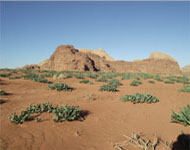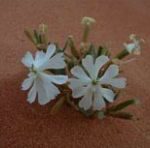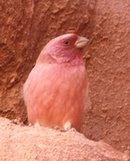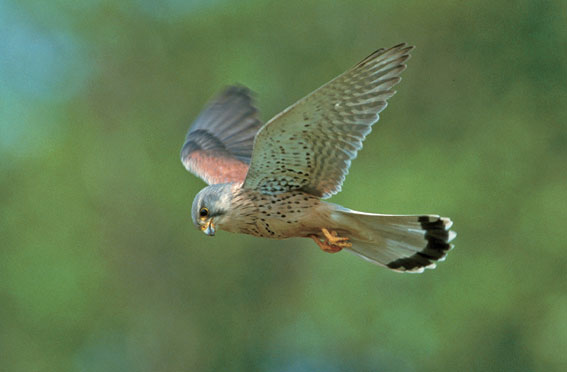Geology, flora and fauna
The desert of Wadi Rum consists of wide valleys of red sand (desert red) or yellow (white desert) and vertical walls of red ochre colored rock beautifully sculpted by erosion. These mountains planted in the dunes and valleys of sand that rise up to 1854 meters are about 30 million years old. The area is studied by geology students from all around the world, as Wadi Rum contains almost all the minerals present in our planet. The red color of the sand and mountains is due to the presence of iron oxide.

The basin of the Wadi Rum contains a reservoir of fossil freshwater accumulated over the previous eras. It is part of the Hisma basin that extends from southeastern Jordan into Saudi Arabia.This aquifer called “Disi aquifer” is, according to experts, able to provide enough fresh water to meet the needs of Jordan for over 100 years. Drilling and routing of water began in 2009, and the inhabitants of the capital Amman could receive fresh water from the Disi aquifer in 2013.



Much vegetation is present in Wadi Rum. Trees, especially the fig tree in the desert, but also shrubs and many varieties of flowers (one hundred species hatch in the spring) swarm Wadi Rum.
Wild animals are scarce in the desert. The ibex and gazelles of Arabia, barely visible in the region are protected by the Royal Society for the Conservation of Nature (RSCN) – Royal Society for the Conservation of Nature. The hare and the fox population is well established. There are sheep, goats and camels, bred by the Bedouins, feeding maiinly on herbs and shrubs of the desert.
Whilst wild animals are scarce, birds proliferate. About 120 species of birds have been recorded in the desert of Wadi Rum including the ammomane isabellina, the crested lark (lark), the Rock Sparrow and the magnificent pink finch Sinai, the national bird of Jordan.


More common species such as the pigeon, short-tailed raven (Fan-Tailed Raven) and partridges are easily spotted. Above, mountains and gorges are home to vultures, buzzards and eagles, majestic carnivorous birds, and no one denies their beneficial role to the environment – notably reducing the rodent population and also feasting on dead carcasses.
The Bonnelli eagle, the Griffon vulture and smaller species such as the Common Kestrel (Falco tinnunculus), also called Kestrel [1] and the Peregrine falcon can be easilyspotted.
Our tours
Hiking tours
- 1 day + 1 night
- 2 days + 1 night
- 3 days + 2 nights
- 4 days and more
Camel ride
- 1 day
- 1 day + 1 night
- 2 days + 1 night
Jeep tours
- From 1 day to several days
- Mixed with some camel ride
- Lawrence of Arabia road – 2 hours jeep
Climbing
- 1 day of climbing with ir without a camp
- Burdah arch, jebel Um Ad Dami, jebel Ash
A la carte
Compose your own program and contact Ali for pricing details by specifying the desired period and the number of visitors.